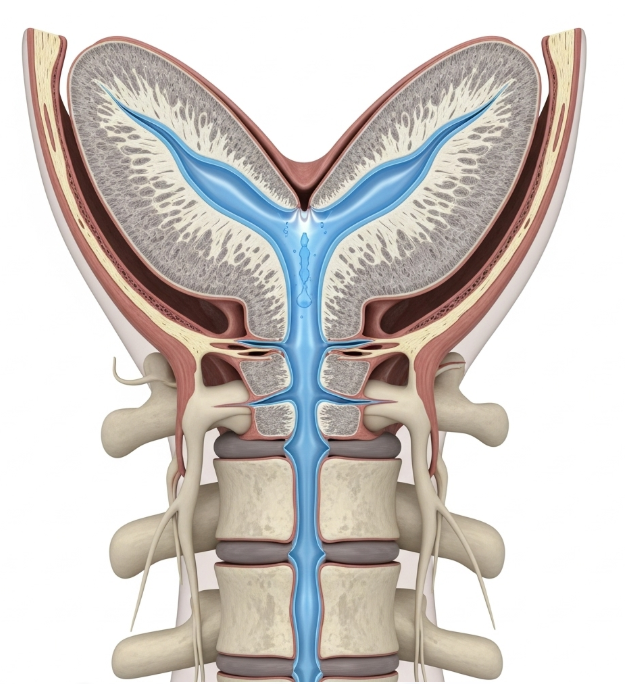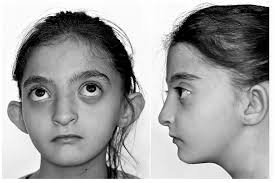Overview
Syringohydromyelia is a rare condition characterized by the presence of fluid-filled cavities within the spinal cord and its central canal. This abnormal fluid accumulation can cause progressive damage to the spinal cord, leading to various neurological symptoms. The condition is closely related to syringomyelia and hydromyelia, and is often associated with other disorders such as Chiari malformation, spinal trauma, or tumors.
What is Syringohydromyelia?
Syringohydromyelia refers to the coexistence of syringomyelia (a syrinx, or fluid-filled cyst, in the spinal cord) and hydromyelia (dilation of the central canal of the spinal cord). The cavities are usually filled with cerebrospinal fluid (CSF), which disrupts normal nerve function. The disorder can be congenital or acquired and may progress slowly over time, causing a variety of neurological problems.
Symptoms
- Gradual onset of weakness in the arms and legs
- Loss of sensitivity to pain and temperature
- Numbness or tingling in the extremities
- Stiffness and muscle spasticity
- Difficulty walking or balancing
- Chronic pain in the neck, shoulders, or back
- Bladder and bowel dysfunction (in advanced cases)
Causes
- Chiari malformation (most common cause)
- Spinal cord injury or trauma
- Spinal cord tumors
- Inflammation or infection of the spinal cord
- Congenital abnormalities of the spinal canal
- Post-surgical complications affecting CSF flow
Risk Factors
- Family history of congenital spinal abnormalities
- Previous spinal injury
- Conditions affecting CSF circulation
- Connective tissue disorders (e.g., Ehlers-Danlos syndrome)
Complications
- Progressive neurological disability
- Permanent loss of sensation or motor function
- Chronic pain
- Bladder and bowel incontinence
- Spinal deformities (e.g., scoliosis)
Prevention
Syringohydromyelia often cannot be prevented, especially in congenital cases. However, risk can be reduced by:
- Prompt treatment of spinal injuries
- Early management of Chiari malformation and spinal tumors
- Regular monitoring for individuals with known spinal abnormalities
Treatment Options in Korea
South Korea offers advanced diagnostic and surgical treatments for syringohydromyelia. Management typically involves addressing the underlying cause and restoring normal CSF flow. Options include:
- MRI diagnostics with high-resolution imaging for accurate localization of cavities
- Microsurgical decompression (especially for Chiari malformation)
- Syrinx shunting to drain fluid from the cyst
- Tumor removal if a tumor is causing CSF blockage
- Minimally invasive spinal surgery to reduce recovery time
- Rehabilitation programs including physiotherapy, occupational therapy, and pain management
Leading neurosurgical centers in Seoul and other major cities are equipped with state-of-the-art technology and multidisciplinary teams specializing in rare spinal disorders.













